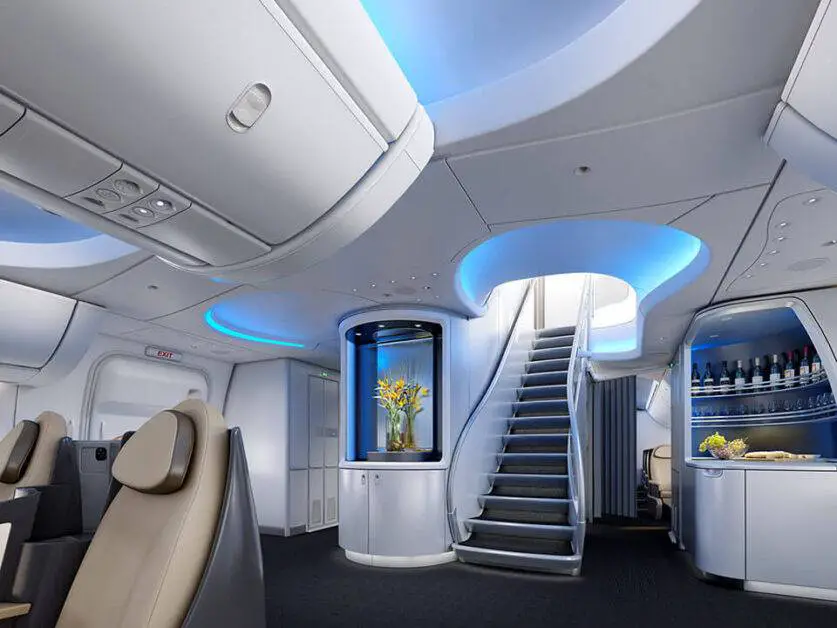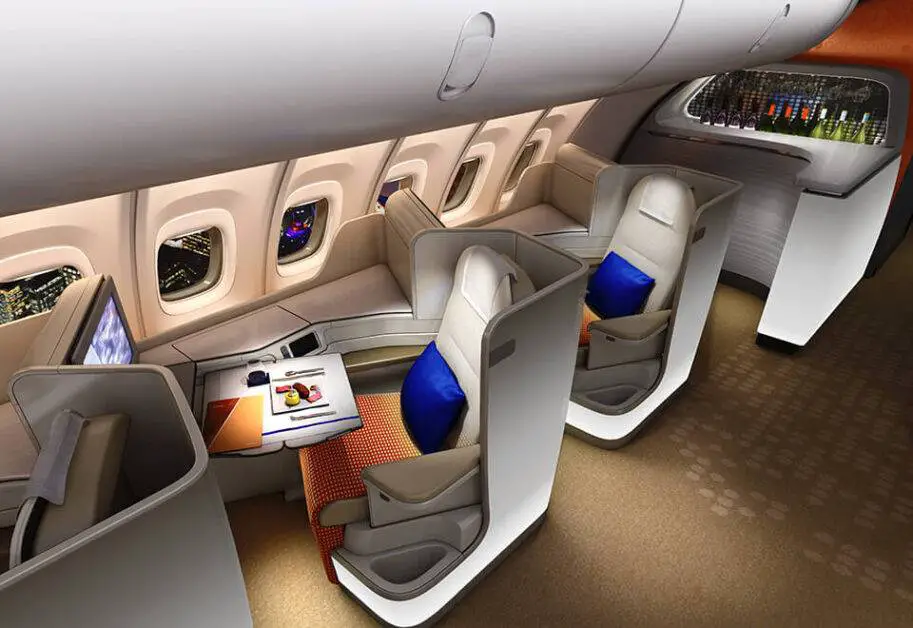The American aircraft manufacturer Boeing is preparing to end the production of its iconic Boeing 747 known as the Queen of the Skies. This decision will end the company’s 5-decade long production line of the legendary plane ruling skies for a long period of time with consistency and reliability.
It has been reported that the Boeing Company hasn’t disclosed the decision to its employees however, aviation Media around the world have already published about it. Currently, Boeing has sixteen B747-8F freighter aircraft orders to be delivered and the last one is expected to be rolled out within 2 years.
Boeing will end the production of the iconic 747 and close the assembly line at Everett, Washington after delivering the remaining orders.
The officials from the company said that the latest orders of 747-8F will be delivered to the customers and the company will make the right decision to keep the production line healthy keeping customer’s satisfaction in consideration.

American cargo airline UPS and Russian carrier Volga Dnepr are the only remaining customers for 747-8 freighters. Boeing is slowing the production of the 747 as it is producing only 6 aircraft a year. The majority of Boeing 747 flying these days are freighters used by the top cargo companies around the world.

The giant European aircraft manufacturer Airbus is also expecting to end the production of its super jumbo jet A380.
Both the companies have already decided to end the B747 and A380 era but not sooner, however, the coronavirus pandemic acted as the catalyst for quickly ending the era of two iconic and legendary planes.

HISTORY OF BOEING 747
The first Boeing 747 rolled out of Everett 52 years ago in 1968 and conducted maiden flight on February 9, 1969. It took off to the skies for the first time from a brand new runway built at the Boeing’s specially developed 747 production factory.

The 747 entered into commercial service on 22nd January, 1970 conducting Pan Am’s New York-London route.
Boeing kept on enhancing the 747 versions with the introduction of new models timely to meet the demand of customers. 747-100 was the initial model then 747-100B was developed which had a higher maximum take-off weight (MTOW). 747-200 introduced in 1971 model featured more powerful engines and increased MTOW. Similarly, 747SP (Special Performance) version entered service in 1976 was built for long-range flying capability.
747-300 model was introduced in 1980 featuring more seat capacity, increased cruise speed, and modification of fuselage and upper deck.
Boeing started developing the famous 747-400 model in 1985 which featured a new glass cockpit, new engines, lighter construction materials, and redesigned interior. The aircraft entered commercial service in 1989.
The Boeing 747 carried a record-breaking 1087 passengers in 1991 to Israel as part of Operation Solomon.
747-500X and 747-600X were introduced in 1996 but were not popular so, Boeing started producing 747-8 in 2016 with more advancements.






[…] a little smaller, a testament to the marvel of human engineering. Japan Airlines Flight 123, a Boeing 747, was on its routine route from Tokyo’s Haneda Airport to Osaka. Aboard were 524 souls, ready to […]
[…] by the Boeing company. The aircraft produced to bridge the gap between the Boeing 767 and Boeing 747 is known as the world’s largest […]
[…] name Boeing 747 rings a bell even if you’re not an avid plane spotter. It’s held the crown as the Queen of the […]
[…] optimum efficiency and reliability. This jumbo passenger jet was introduced to compete with Boeing 747 in the long-haul […]